
Su-35 super maneuverable multirole fighter.
Melbourne, Australia, 16 Rabiul Akhir 1438/15 January 2017 (MINA) — The need for new fighter aircraft in the Asia-Pacific region is expected to remain buoyant, with simmering tensions centered on territorial disputes for resource-rich islands in the South and East China Sea being most often cited as the main driver for increased regional defense spending.
Also Read: Dozens Killed in RSF Drone Strike on Sudanese Village During Funeral
At the same time, a number of regional air forces are also facing obsolescence issues with all or part of their fleets over the next decade, as the many Cold War-era aircraft still in use need to be replaced, defensenews.com reported.
Still, economic uncertainties cloud an otherwise rosy outlook for the defense industry in the region, with shrinking defense budgets and competing priorities often conspiring to push big-ticket fighter purchases to the back burner.
Here is a rundown of Asian countries with outstanding fighter requirements and the progress of the respective programs.
Also Read: International Red Cross Calls for Safe Corridors for Civilians in Sudan
Japan
US ally Japan is facing a potential fighter crunch amidst tensions with China, mostly over territorial disputes involving islands in the South China Sea. The Japan Air Self-Defense Force (JASDF) operates one of the most potent fighter fleets in the region, with more than 150 license-built F-15Js and 60 Mitsubishi F-2s in service.
Japan is keen to restart its domestic fighter production program, and Mitsubishi Heavy Industries has flown its Advanced Technology Demonstrator-Experimental (ATD-X) aircraft for the first time in February 2016. The Japanese government plans to decide by 2018 if this will lead to a completely domestic sixth-generation fighter for the JASDF. Alternatively, the country may seek an international partner to collaborate with.
Japan has also ordered 38 Lockheed-Martin F-35A Lightning II Joint Strike Fighters, with a view to replacing its elderly F-4EJ Phantom IIs beginning in 2018.
Also Read: M6.3 Earthquake in Afghanistan Kills 19 People
Although Japan has made no mention of the final number of F-35s it eventually plans to acquire, the pace of its indigenous fighter program and its rapidly aging fighter fleet means it will almost certainly need more F-35s to make up the numbers.
Singapore
Singapore is a small Southeast Asian island state strategically located at the southern end of the Straits of Malacca, a key maritime trading route and choke point.
Also Read: 6.3-Magnitude Earthquake Strikes Northern Afghanistan
The country is a close regional security partner to the US and is a strong supporter of the American military presence in the region, hosting rotating deployments of US Navy Littoral Combat Ships and supporting transiting air and naval assets.
A security and cooperative participant in the F-35 program, Singapore has been keeping close tabs on the program as part of its evaluation of the type.
Defense Minister Ng Eng Hen has previously described the F-35 as a “suitable aircraft” for the Republic of Singapore Air Force’s next fighter type, and it has been reported that Singapore is likely to order the F-35B Short Take Off and Vertical Landing (STOVL) variant.
However, Ng has also said that Singapore is in no hurry to purchase the F-35, noting that its fleet of 60 Lockheed-Martin F-16s and 40 Boeing F-15SGs are enough to meet Singapore’s defense needs until the 2030s.
Also Read: Saudi Arabia Reduces Umrah Visa Validity to 30 Days
It is believed Singapore is waiting for further program maturity in the F-35 before committing, although it is also possible that Singapore, which has strong defense ties with Israel, may seek greater autonomy to customize its F-35s like the latter.
Indonesia
Indonesia has been going on a spending spree compared to Malaysia, with an intensive effort to modernize its armed forces on the back of a booming economy.
Also Read: Afghanistan, Pakistan Extend Ceasefire After Türkiye-Qatar Mediation Talks
The country is in the midst of receiving 24 F-16C/D Block 25s that have been upgraded to Block 52 standard under the Excess Defense Article program.
The country is also currently in protracted negotiations with Russia for 8-10 Sukhoi Su-35 Flanker-E interceptors to complement its existing fleet of older Su-27/30 Flankers. The difficult negotiations have seen competitors positioning themselves to offer alternatives, with Lockheed-Martin and Saab keen to market the F-16 and Gripen, respectively.
However, Indonesia’s sheer size (13,000 islands covering 735,358 square miles) means that even if it secures more Sukhois, there will still be requirements down the road for more fighter jets to equip the Indonesian Air Force, and there will very likely be more opportunities in Indonesia for fighter manufacturers to offer their products. (T/RS05/RS01)
Mi’raj Islamic News Agency (MINA)
Also Read: President Prabowo Emphasizes ASEAN Unity Amid Global Tensions





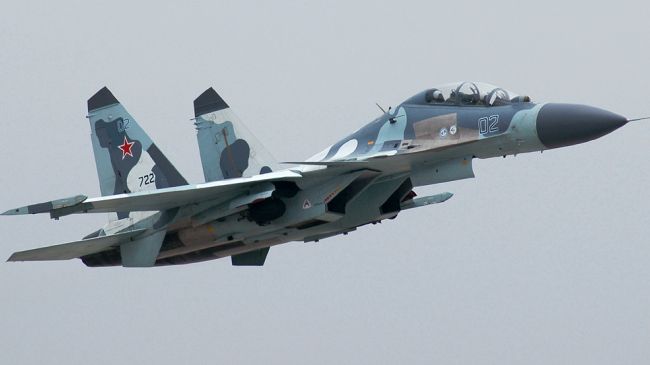

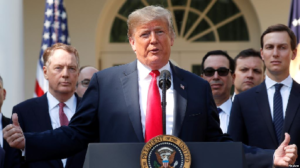
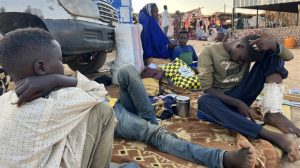

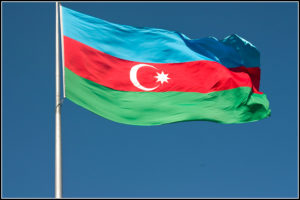
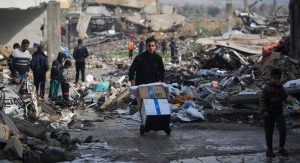


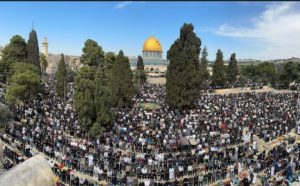
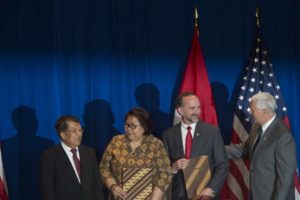
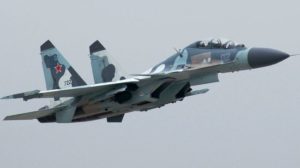
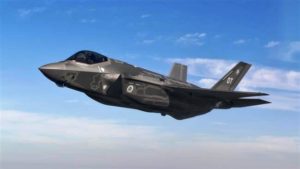




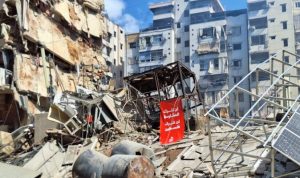



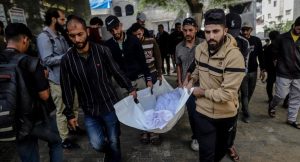
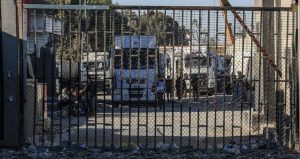
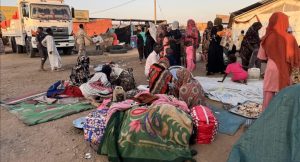
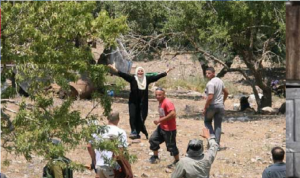



 Mina Indonesia
Mina Indonesia Mina Arabic
Mina Arabic